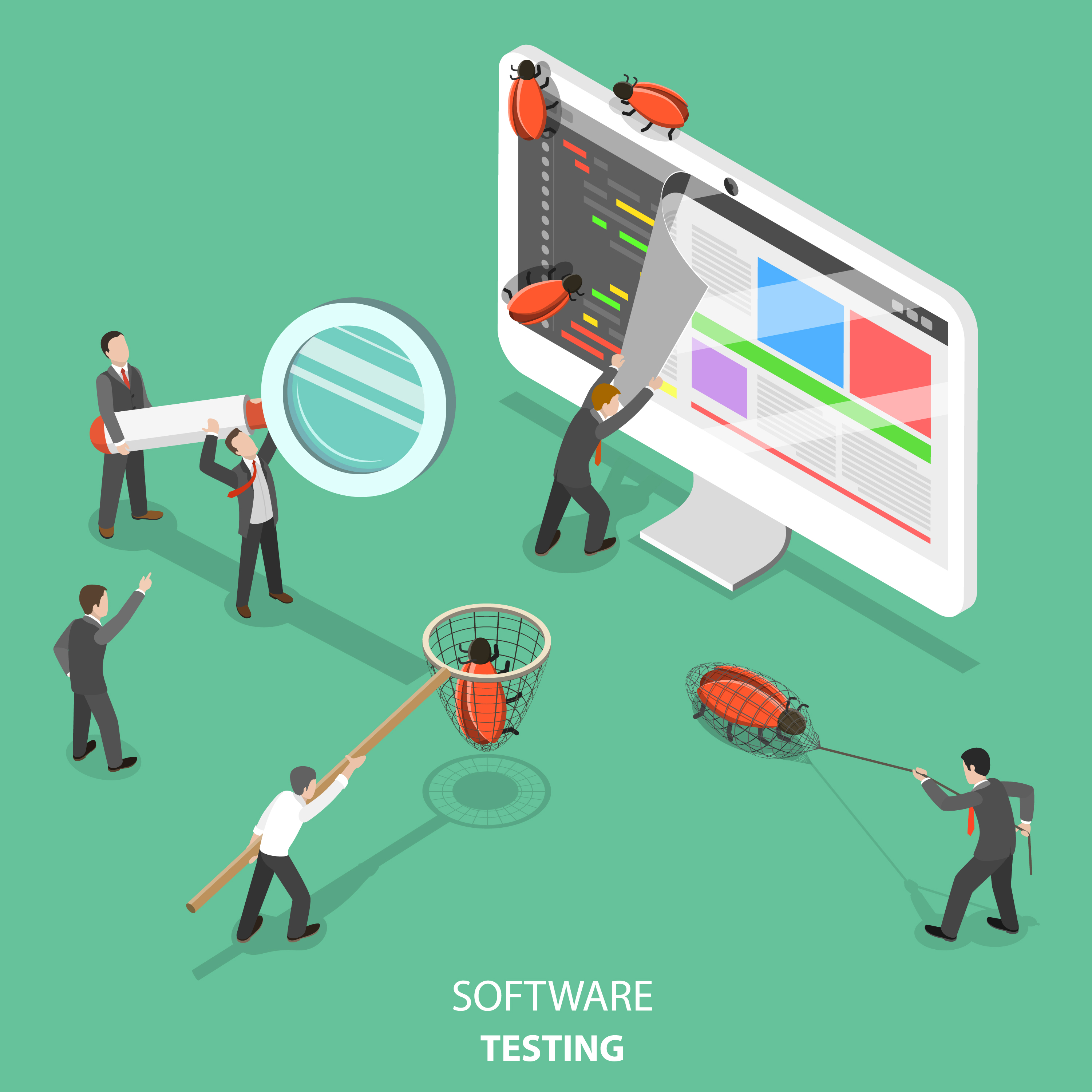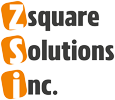
QA Automation Strategy Part 2 – Define Your Vision And Tool
Last month we began a three-part series called: What Is Your QA Automation Strategy? In the last article, we focused on determining the pain points, the organizational trade-off, and the technology stack to help determine your automation vision.
Now, let’s focus on what your vision ought to be. It will again depend on our team to define a clear vision, and where you want to see your organization after QA automation is implemented. You must set a QA automation Vision: your WHY? When you are embarking on a new journey, your WHY is your north star. It helps your team remain focused and motivated during the implementation.
It’s really important to create a clear vision of your automation goal.
Next, looking for tools becomes a crucial part of your automation strategy. With our tools, we need to consider the framework. I have seen many QA leaders and teams who want to jump in right after selecting a tool, but this is an approach that I really discourage.
In terms of tools, there are two main categories out there to consider for QA automation. There are the codeless tools where your team doesn’t have to know how to script particularly, they just need to follow some guidelines on how to screen capture and the tool will script in the background. In this case, the tester will have to understand the tool enough to continue to maintain all those test cases created. If this is what is going to work for your organization and your team, especially for manual testers, this will be easy to adapt.
The second category is the tool where you have to code everything yourself. That is an entire software development project you are taking on. As an organization or team, you need to determine if you have the skillset and the budget available to hire a full-time automation engineer. This staff member or automation engineer team will be fully focused on scripting the automation tests. Those are the considerations you have to take into account before selecting any tool. You also want to make sure that if the tool is proposing many features, your team and organization should be positioned in a way that you can easily benefit from a majority of those features. You want to embrace all those great benefits that the tool provides, but also, the team may need to come up with their own tool requirements before you begin shopping.
Most tools will integrate with your CI/CD pipeline, and have an ecosystem around them where you can integrate with your ALM easily. Some tools also provide Artificial intelligence to easily detect bugs or any changes, making the automation tool smarter and very helpful for triaging tests. Next, with a tool, you have to look into the capability of your team and ensure that the tool vendors are providing adequate support. Your team wants to make sure they can really have the support that they need when they’re doing the actual implementation.
Next time, we will conclude on these 3 parts series and discuss the ROI of QA automation and the implementation of the automation.
Feel free to comment and give your feedback below. Zsquare Solutions Inc specializes in supporting you and your team to define all the important pieces needed to craft your QA automation strategy. Schedule a 30 min consultation with us today so we can learn more about what you do and how we can support you in your goal.
